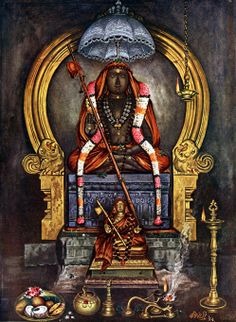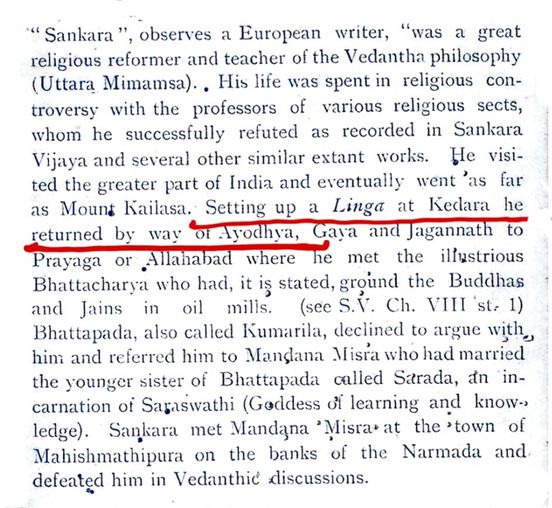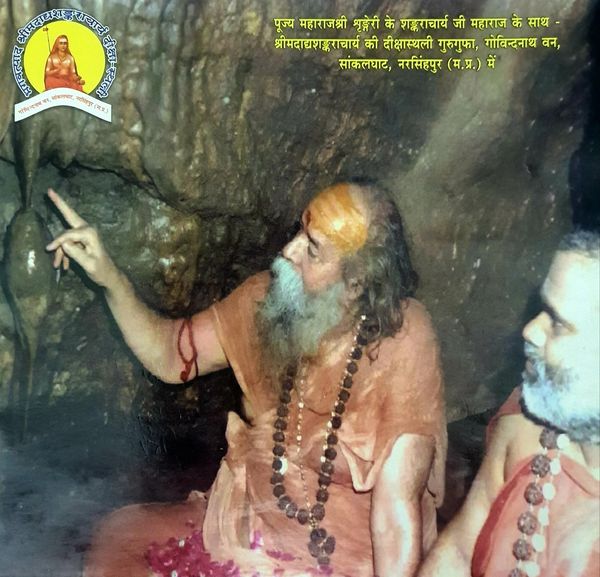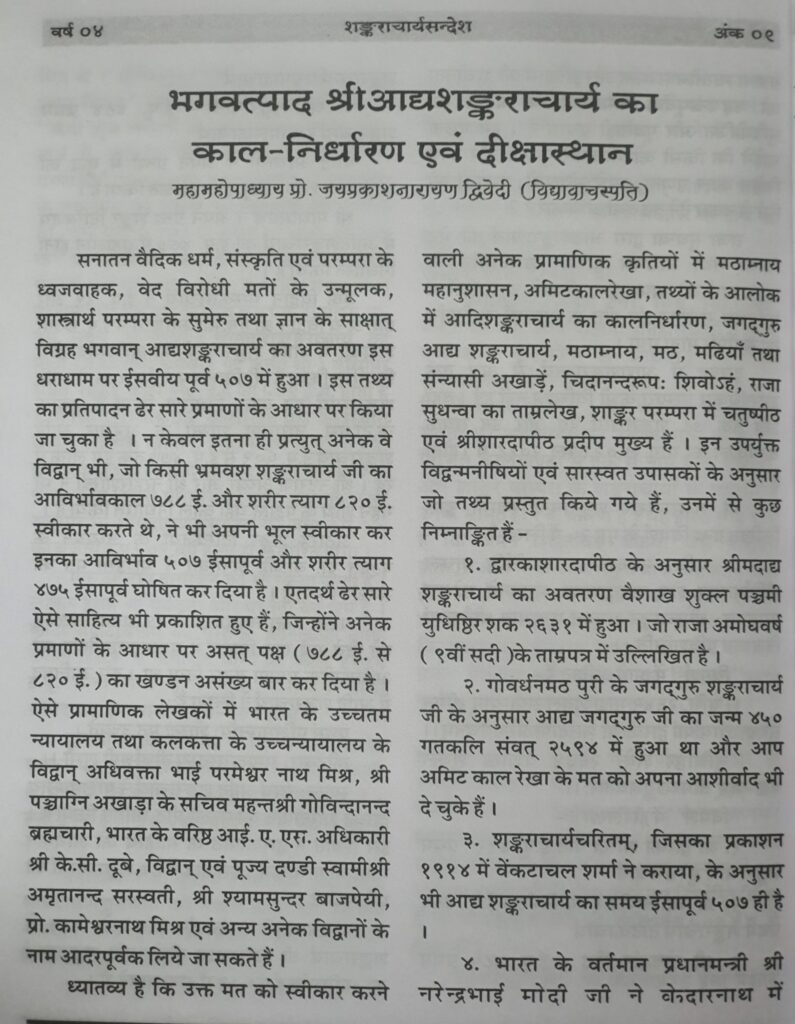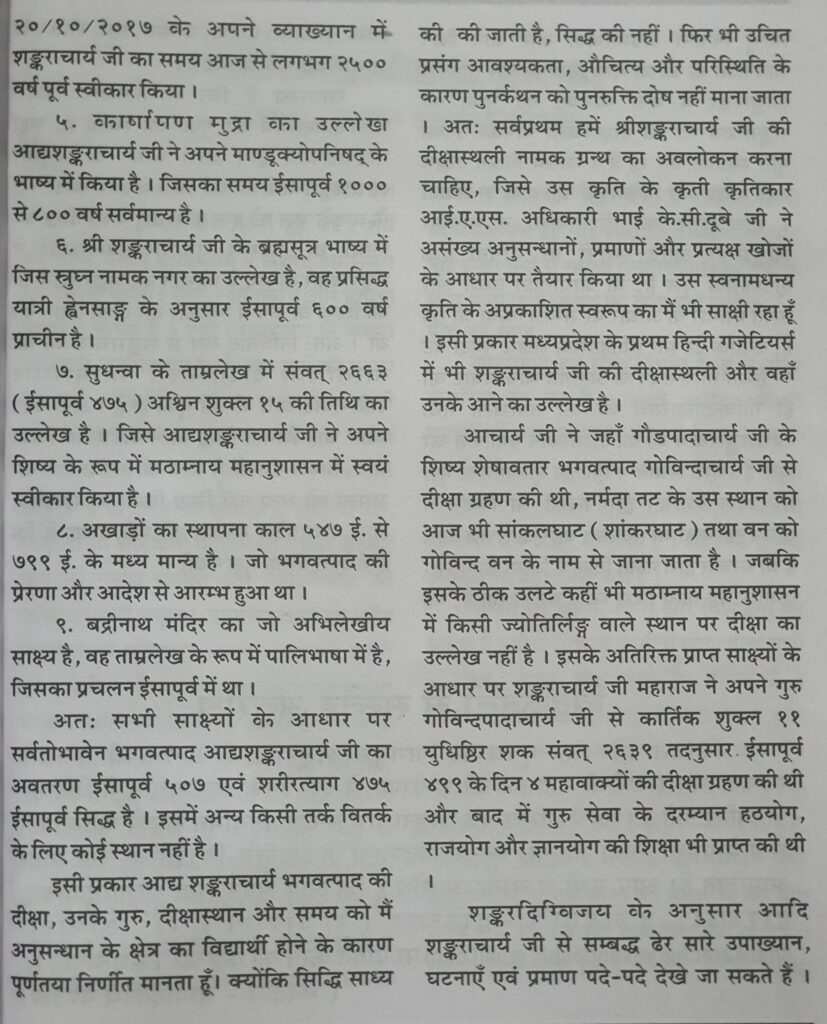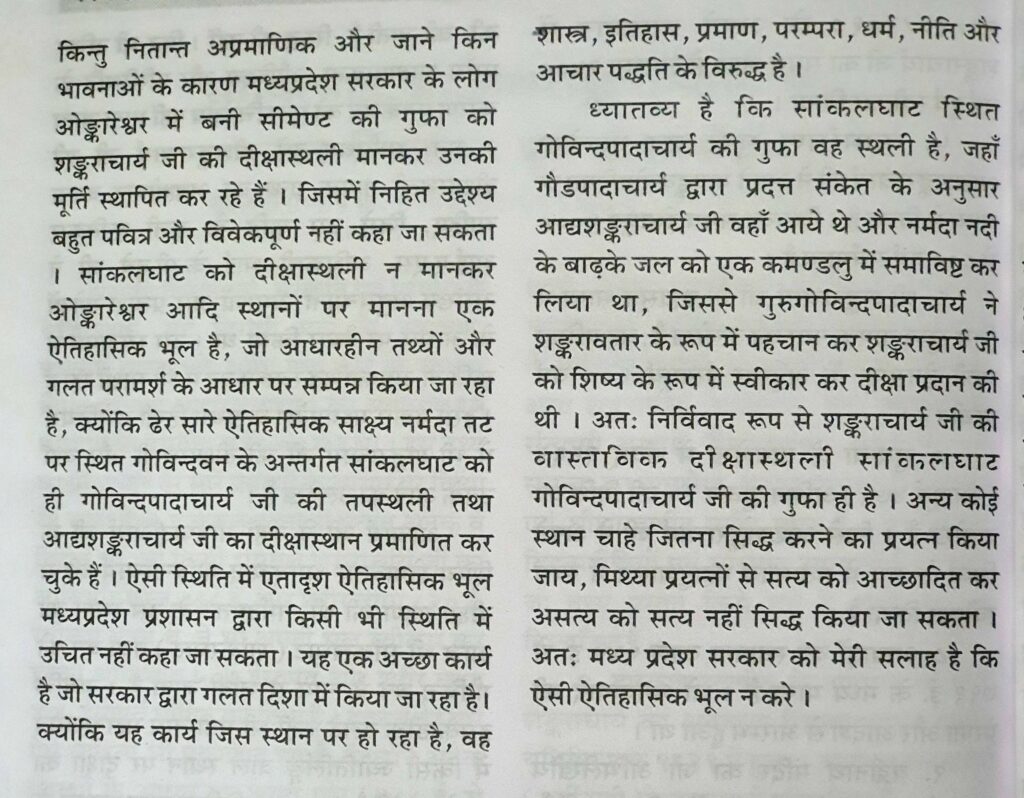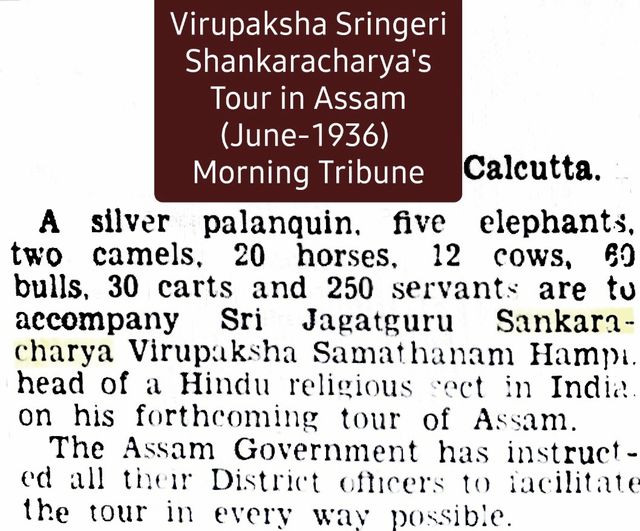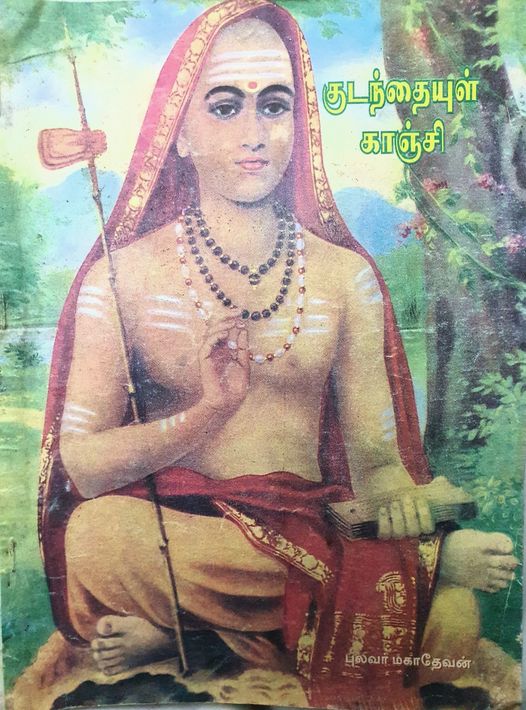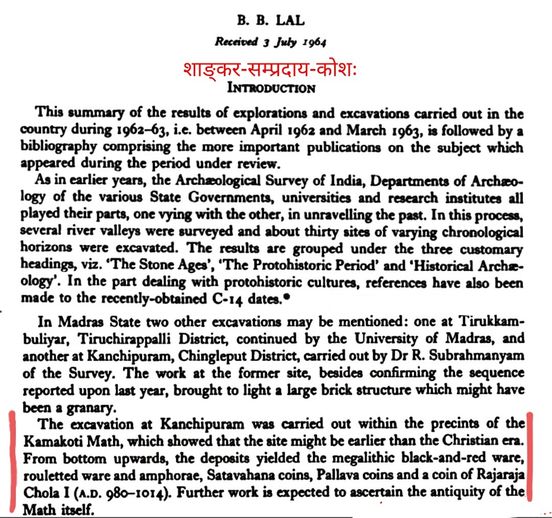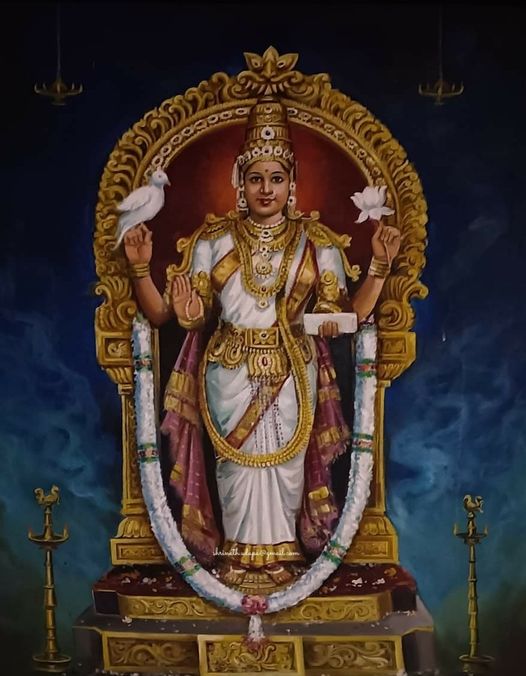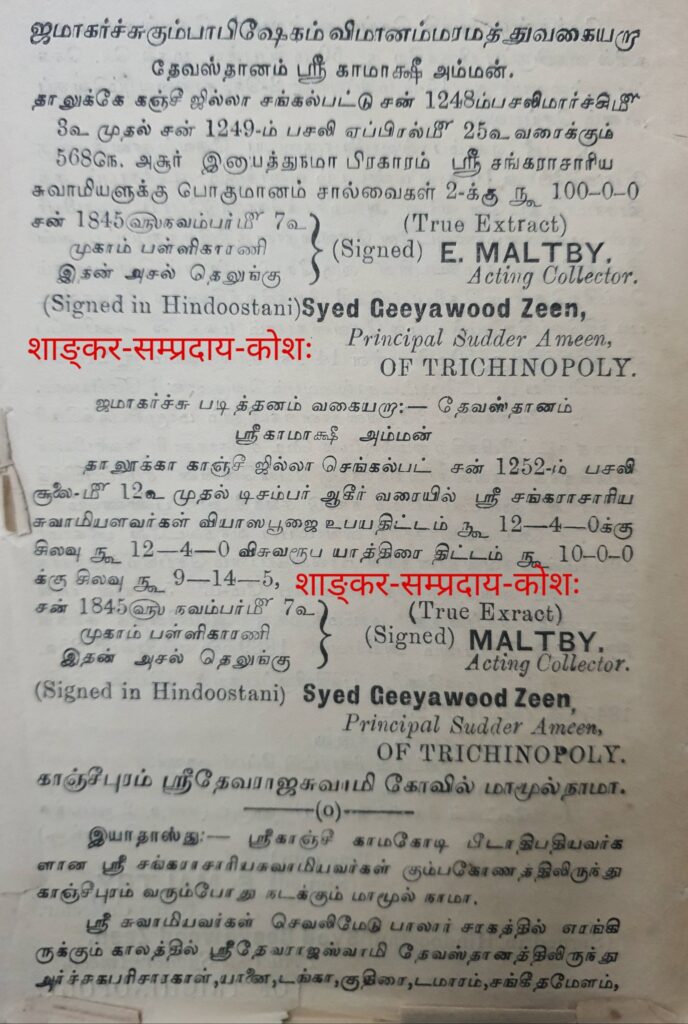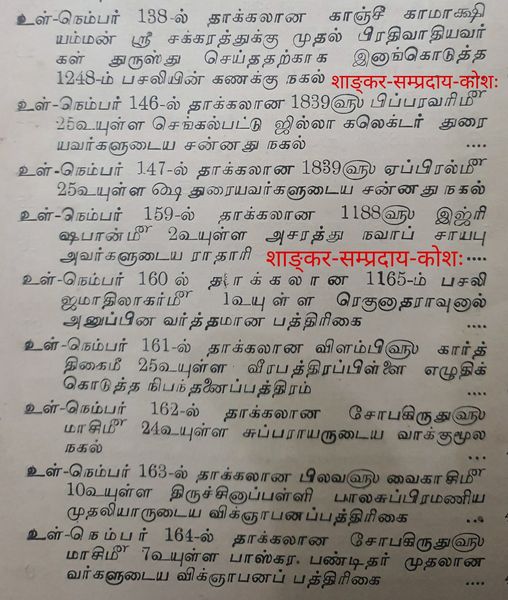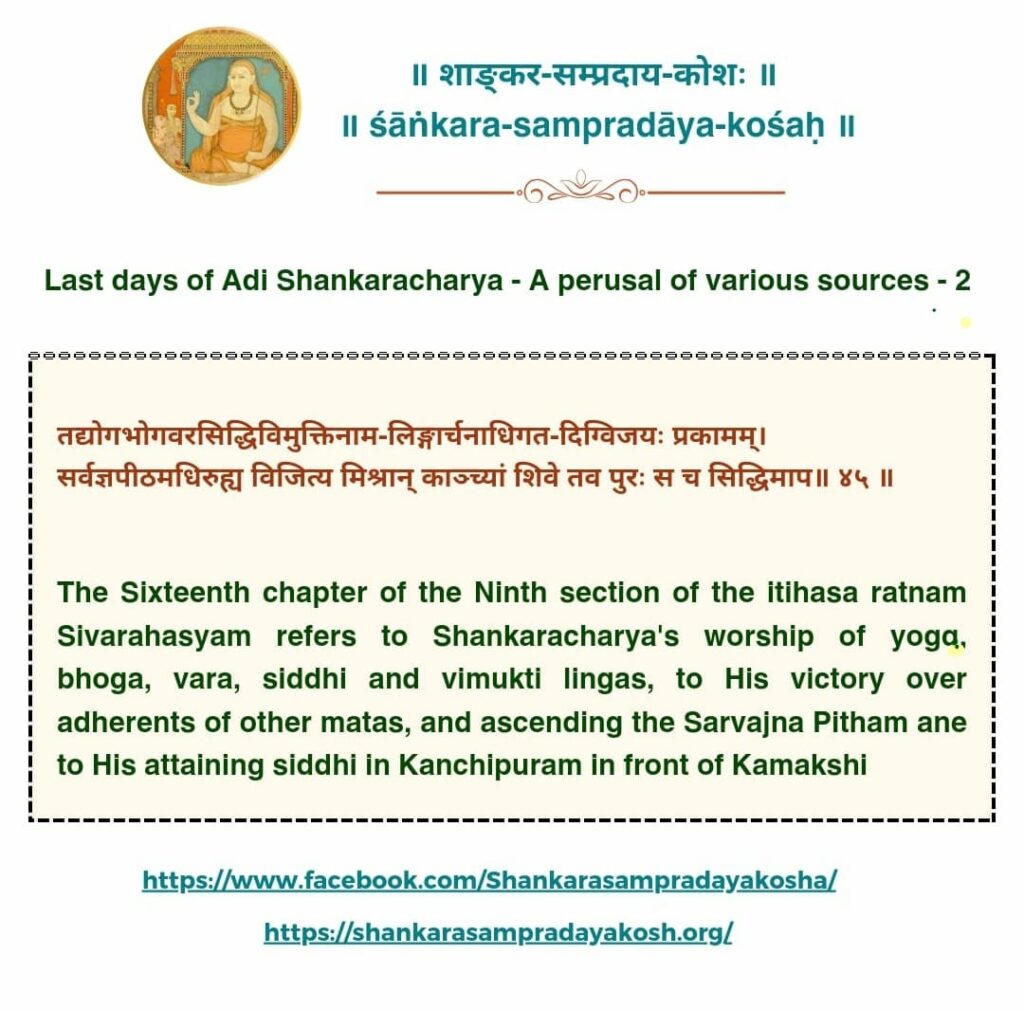பாரத தேச மக்களிடம் கருணை காரணமாகவே தெய்வம் அவ்வப்போது சில பெரியோர்களை நம் நாட்டில் அவதரிக்கச் செய்து வருகிறது. அந்த மகான்கள் ஹிந்து மத ஒற்றுமைக்காகத் தம் வாழ்க்கையையே அர்ப்பித்திருக்கிறார்கள். இவ்வாறு அவதரித்த மஹான்களில் மிகச் சிறந்தவர் ஸ்ரீசங்கர பகவத்பாதர் எனக் கூறின் மிகையாகாது.
வேதத்தின் அடிப்படைப் பிரமாணத்தை முதலில் அவர் ஸ்தாபிக்க முயன்று வெற்றியும் கண்டார். வேதங்களின் பொருளை ஆராய்ந்த பெரியோர்களிடத்தில் கண்ட வேற்றுமைகளிலும் ஸ்ரீபகவத்பாதர் ஒற்றுமையைக் கண்டு, இதை மக்கள் பின்பற்ற வேண்டும் என்று பெருமுயற்சி செய்தார்.ஹிந்து மதத்தைப் பின்பற்றுபவர்களின் வழிபாட்டு முறைகளை ஆராய்ந்து, இதில் ஆறு வழிகள் முக்கியமாக இருப்பதைக் கண்டு, இந்த ஆறு வழிபாடுகளிலும், ஒவ்வொன்றுக்கும் தனித்தனிப் பெயர் கொண்ட தெய்வம் காணினும் எல்லாமாக முடிவில் ஒரே தெய்வம்தான் என்ற உண்மையை அவர் மக்களிடையே பரப்பலானார்.
பல வழிபாடுகளை ஆறு வழிபாடுகளாக ஆக்கி, அவையும் ஒரே கடவுள் தத்துவத்தைத்தான் நோக்காகக் கொண்டுள்ளன என்ற பேருண்மையை ஸ்ரீசங்கரபகவத்பாதர் கண்டதனாலும், அநேக மதங்களில் இருந்த அவைதிகமான ஆசாரங்களை நீக்கி, நடைமுறையில் இந்த ஆறு மதங்களைக் கைக்கொள்ளச் செய்ததனாலும் அவருக்கு ‘ஷண்மத ஸ்தாபனாசார்யர் என்ற பிரசித்தி அவர் காலம் தொடங்கியே ஏற்பட்டது.
ஷண்மத ஸ்தாபனார்சார்யர் என்ற பெயர் அவருக்கு உள்ளதனால், அவர் ஆறு மதங்களைப் புதிதாக ஸ்தாபித்தார் என்று கொள்ளலாகாது. அவ்வாறு அவரோ அவரைப் பின்பற்றுகிறவர்களோ சொல்லவும் இல்லை. ஸ்ரீசங்கரபகவத்பாதர் தமது காலத்தில் எழுபத்திரண்டு மதங்களாகப் பிரிந்து இருந்தவற்றை ஆராய்ந்து, அவற்றில் பலவற்றைத் தள்ளியும், கடைசியாக அடிப்படையாகச் சைவம், வைஷ்ணவம், காணபத்யம், சாக்தம், கௌமாரம், ஸௌரம் என்ற ஆறே முக்கிய மானவை என்று தீர்மானித்தும் இவற்றைப் பரப்பலானார்.
இந்த ஆறு மத வழிபாட்டின் பெருமைகளை ஸ்ரீபகவத்பாதர் தம்முடைய கிரந்தங்களினால் நன்றாகத் தெளிவுபடுத்தி இருக்கிறார். ஆனால், பல இடங் களில் – குறிப்பாக ‘ஹரிமீடே’ ஸ்தோத்ரம் போன்றவற்றில்- “ஒரே ஸத்தான பொருளுக்குத்தான் சிவன், விஷ்ணு, சக்தி, கணபதி, ஆதித்யன், குமாரன் என்றெல்லாம் பெயர்” என்றும் தெளிவுபடுத்தி உள்ளார்.
(நன்றி: ஸ்ரீகாமகோடி ப்ரதீபம், 1969)

